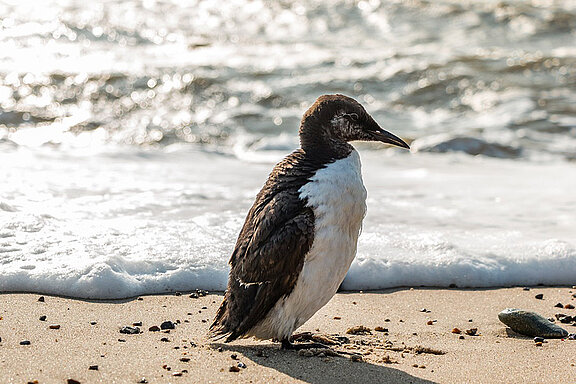The risk of HPAI H5 viruses spreading to breeding colonies of shorebirds and gulls within Germany is considered high, mainly due to the continued high infection rates, especially in black-headed gulls throughout Europe.
The risk of HPAIV H5 introduction into German poultry holdings and bird populations in zoological institutions through direct and indirect contact with wild birds is considered high, among other things because black-headed gulls in particular can also be found inland at all times of the year and their habitats may overlap with poultry production areas. Some gull species act as bridging species bringing poultry production sites and waterbird habitats into contact with each other.
The risk of introduction through the distribution of live poultry in the travelling trade or poultry exhibitions within Germany and Europe is considered to be moderate.
The number of outbreaks in poultry and captive birds in Europe is decreasing, but is locally high in certain regions and poultry production sectors (e.g. France's foie gras production in waterfowl).
The FLI recommends to immediately stop scientific bird ringing in colonies with clustered cases of mortality (with or without HPAI positive findings). On the one hand, the activities may contribute to the spread of the pathogen within and between colonies, and on the other hand, if bird ringers detect (even mild) disease symptoms, a doctor should be consulted immediately for clarification of a possible HPAIV human infection.


